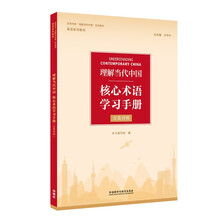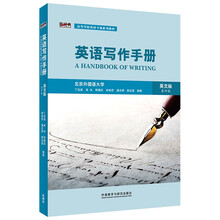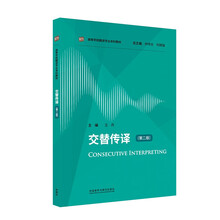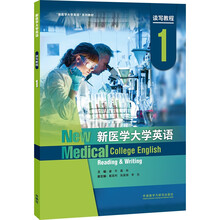Unit 1 What is research?
1.1 Definition of research
I.2 Characteristics of research
1.3 Research process
Unit 2 What is a research paper?
2.1 Definition of a research paper
2.2 The basic criteria of a research paper
2.3 Misconceptions to avoid
2.4 The importance of writing a research paper
2.5 Structure of a research paper
Unit 3 Features of effective writing
3.1 Introduction
3.2 Purpose
3.3 Audience
3.4 Focus
3.5 Organization
3.6 Support and elaboration
3.7 Style
3.8 Conventions
Unit 4 Features of academic writing
4.1 Introduction
4.2 Complexity
4.3 Formality
4.4 Objectivity
4.5 Explicitness
4.6 Hedging
4.7 Responsibility
Unit 5 Steps in writing a research paper
5.1 Introduction
5.2 Selecting a research topic
5.3 Narrowing down the topic
5.4 Developing a research question
5.5 Finding sources ~
5.6 Evaluating sources
5.7 Taking notes
5.8 Developing a research thesis
5.9 Creating an outline
5.l0 Writing the first draft
5.1 ! Revision
Unit 6 Developing.an outline
6.1 Functions of an outline
6.2 Beginning an outline
6.3 Four features of an outline
6.4 Form of the outline
6.5 Two sample outline that illustrates many of the above-mentioned poin!
Unit 7 Writing academic paragraphs
7.1 Topic sentences and their support in a paragraph
7.2 Building a paragraph
7.3 Incorporating sources within paragraphs
7.4 Different types of paragraphs in a research paper
7.5 Developing paragraphs
Unit 8 What is an abstractModel?
8.1 Definition of an abstractModel
8.2 Functions of an abstractModel
8.3 Some misconceptions of an abstractModel
8.4 AbstraCts and others types of summaries
8.5 Differences across disciplines
8.6 Major elements in an abstractModel
8.7 When to write the abstractModel
8.8 How to write an abstractModel
Unit 9 Introduction for a research paper
9.1 What is the purpose of the introduction?
9.2 What questions will be answered in the introduction?
9.3 How research introductions are organized
9.4 Language used in the introduction
9.5 Sunmlary
Unit 10 Writing a literature review
10.1 What is a literature review?
10.2 Purpose
10.3 Reasons for- writing a literature review
10.4 Questions a literature review, should answer
10.5 Structure of a literature review
10.6 StePs in writing literature review
10.7 Examples
Unit 11 Conclusion
11.1 What is a conclusion and what is its purpose?
11.2 What should you do when writing a conclusion?
11:3 Things to avoid in the conclusion
11.4 Sample conclusions
Unit 12 Summary
12.1 Reasons for writing summaries
12.2 Definition of summary
12.3 Preparations
12.4 How to write summaries
12.5 How to include summaries in your text
12.6 Examples
Unit 13 How to paraphrase?
13.1 What is paraphrase?
13.2 Why to paraphrase?
13.3 Length of paraphrases
13.4 How to paraphrase a source
13.5 Paraphrase or quote?
13.6 Examples
Unit 14 Expressing your voice in a research paper
14.1 What is voice?
14.2 The features of voice in academic writing
14.3 Factors that influence the effective use of voice
14.4 Appropriate use of voice in academic writing
14.5 Editing and revising for voice
Unit 15 How to synthesizing information
15.1 What is a synthesis?
15.2 Synthesis and your writing purpose
15.3 Two types of syntheses
15.4 Using synthesis in your writing
15.5 Examples of using synthesis in your writing
Unit 16 Reporting verbs
16.l Introduction
16.2 Different reporting verbs
16.3 Reporting verbs and your point of view
16.4 Reporting verbs and the authors point of view
16.5 Usage patterns of reporting verbs
16.6 Language points to be considered when using reporting verbs
Unit 17 Argument in research papers
17.1 Introduction
17.2 What is an argument?
17.3 Evidence
17.4 Relationship between argument and evidence
17.5 Counterargument
17.5 The role of audience and language in argument
17.7 An example of argument in an essay
Unit 18 The Harvard stfie of referencing
18.1 Introduction
18.2 Citing references in text using the Harvard system
18.3 Compiling the reference list and bibliography
18.4 Websites
18.5 The Harvard and APA referencing systems
Keys
Bibliography
展开










